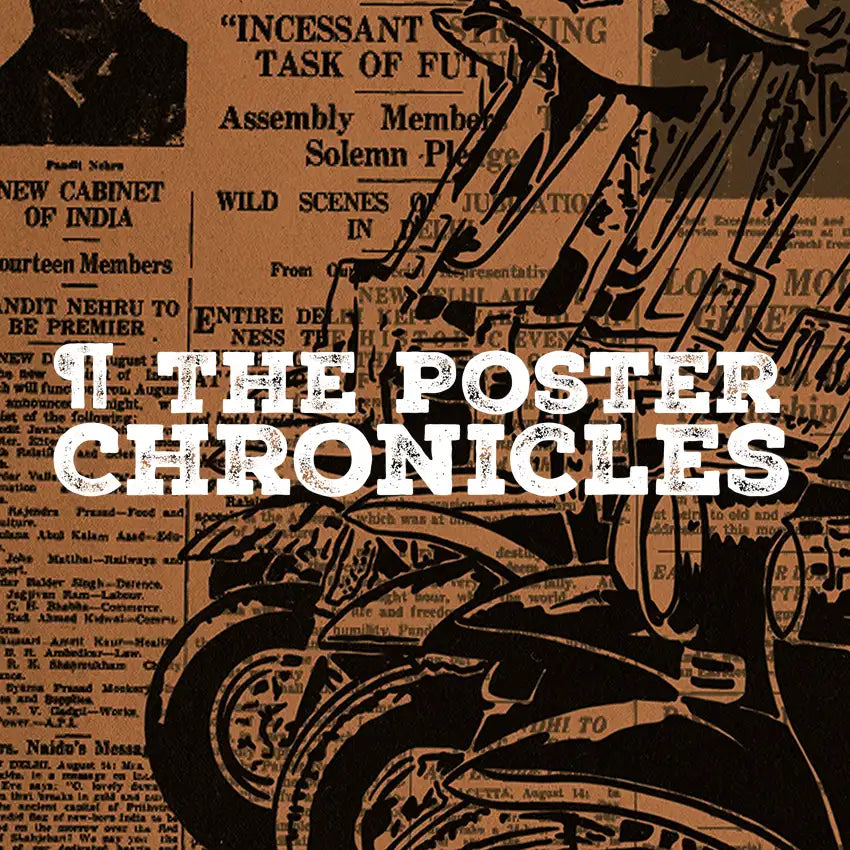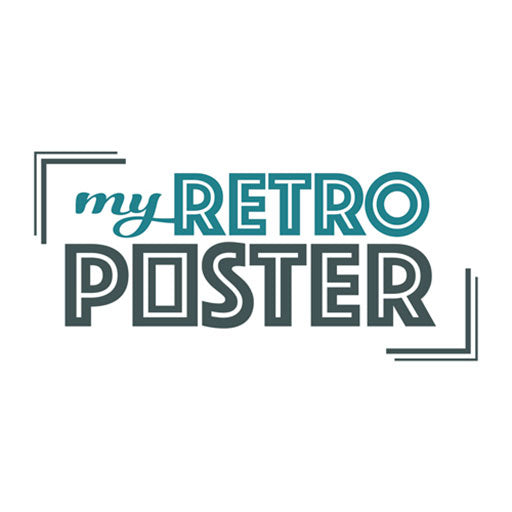BERNARD JARDEL, SURREALISMO ÓPTICO

Entrevista realizada por Leona de Grandville
« Para pintar el retrato de un pájaro, primero dibuja un ojo abierto.
jaula»... aconseja Jacques Prévert en uno de sus poemas más bellos. Y, para retratar a un artista, ¿hay que
¿Tomarlo por sorpresa? Un día, si te encontraras con el empresario Bernard Jardel, ¿creerías que se trata del artista Bernard Jardel? Las dimensiones oníricas, las perspectivas desconcertantes que rondan la imaginación del artista Jardel, surgen de un ambiente sencillo pero de buen gusto, del Jardel hombre de negocios, donde todo parece sereno y armonioso. Sus ojos negros y brillantes guardan el secreto.

Thérèse de St Phalle: La doble vida de Bernard Jardel
¿Se podría ser un artista que expone en Tokio, Nagoya, Houston, Beirut, Madrid, pintar más de sesenta lienzos al año y al mismo tiempo asumir las responsabilidades de una empresa?
Es un desafío que asume Bernard Jardel, de 40 años, cuya exposición se inaugura el 15 de marzo en Bruselas. Sus pinturas, de construcción severa, hacen converger las ondas de los trapecios hacia un objetivo.
Si sus cuadros son comprados tanto por un coleccionista oriental como por un europeo es porque evocan el sentimiento de la "Odisea del espacio", un vuelo hacia el infinito a través de una serie de perspectivas. Un círculo vibra, cuchillas verticales lo atraviesan. , cuyos matices indican la difracción de la luz. Un estilo único y que no tiene el menor parecido con ningún otro. Sin firma en sus pinturas, todavía se reconoce el estilo de Jardel.



Bernard Jardel de Gerald Schurr
Ante la obra de Bernard Jardel, el espectador atento queda hechizado por su ambigüedad fundamental que anima la superficie fija, acentúa las profundidades magistrales, que sin embargo evita la ilusión, cediendo a la ordenación de las dos dimensiones, subrayándola con determinación.
"Cuando | mancha mi lienzo, inmediatamente se vuelve redondo, rectangular o triangular». Su formación como arquitecto ha marcado profundamente a Jardel, y es precisamente esta «disciplina» la que inspira sus temas geométricos, lo que llama la atención sobre su aspecto decorativo, pocas veces reconocido, que rige su
composiciones- y la importancia que concede a su investigación experimental. Hay algo rústico que se mezcla con esta magia visual, por ejemplo en la utilización de pinturas acrílicas, o la repercusión de los aparatos bélicos como "pistolas" y "bombas" (sprays). ).
Los tonos delicadamente matizados y medidos, gama de colores vivos y fríos de un modo amplificado. intensidad sutil: así Jardel establece su tempo y sus formas enérgicas, compone su caleidoscopio, armoniza la profundidad y el relieve a esta armonía de formas trapezoidales y esféricas. Si el encuentro de las estructuras, a veces encerradas en un círculo concéntrico o desbordándolo, perturba el espacio tradicional, siempre se respeta la "muralidad" de la estructura.
La expresión «surrealismo óptico» pronunciada en relación con los fantásticos laberintos concebidos por Jardel parece muy bien recibida. Pensemos en Baudelaire, «ese elemento inesperado, cuya singularidad es como un condimento absolutamente indispensable para toda belleza». Así invitados a participar y penetrar en un. En un espacio abstracto y desprovisto de toda rigidez, el aficionado se da cuenta de que la red de líneas, estos motivos, perspectivas que chocan entre sí, rompen el dominio de lo inexplicable. Es la geometría al servicio de la imaginación la que abre el camino a la poesía irracional.
Gerald Schurr

ÚNETE AL CLUB RETRO
Cuando te unas a nuestra lista de correo sin complicaciones. Únete hoy y disfruta de un 10% de descuento en tu primer pedido, 5% de descuento en tarjetas de regalo, acceso a promociones exclusivas y ventas flash.
Gratis — sin tarjeta de crédito, sin condiciones. Cancela la suscripción en cualquier momento.


